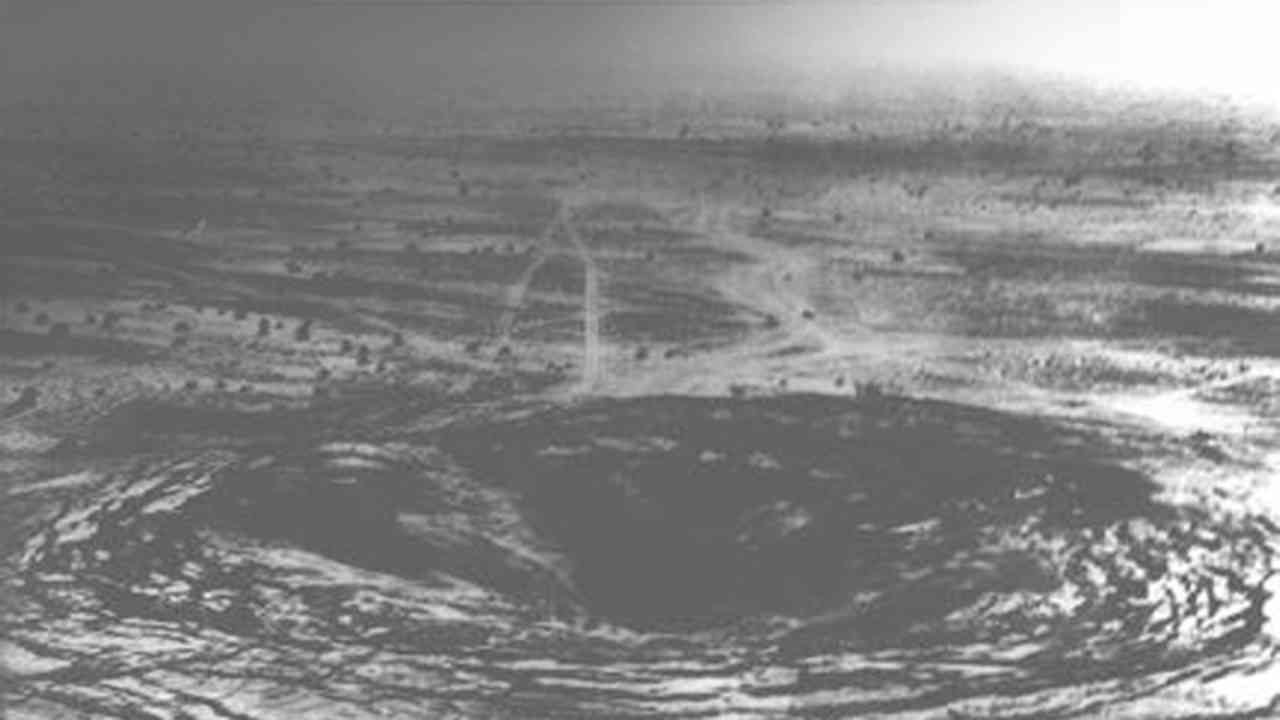August 29, 2022 will mark the International Day against Nuclear Tests – a day that calls for a global cessation of nuclear testing. This date has been chosen as it is the 50th anniversary of the first nuclear test conducted by the United States. Over the past fifty years, more than 1,000 nuclear tests have been conducted worldwide. These tests have had devastating consequences not just for those living near nuclear testing sites, but also for the environment and human health.
Nuclear testing is a dangerous and irresponsible activity that should be stopped as soon as possible. The International Day against Nuclear Tests is an important reminder of the dangers posed by nuclear testing and why it needs to be stopped.
What is the International Day against Nuclear Tests?
The International Day against Nuclear Tests is a day set aside to commemorate the global efforts to abolish nuclear weapons. It falls on August 29 every year.
The day was established by the United Nations General Assembly at their 64th session on December 2, 2009. Nearly 2000 nuclear weapons tests have taken place since the first one on July 16, 1945.
Why is it important to remember the Hiroshima and Nagasaki bombings?
At the 64th session of the United Nations General Assembly on December 2, 2009, the unanimous adoption of resolution 64/35 declared August 29 as the International Day Against Nuclear Tests. The crux of the resolution was that “every effort should be made to end nuclear tests in order to avert devastating and harmful effects on the lives and health of people” and that “the end of nuclear tests is one of the key means of achieving the goal of a nuclear-weapon-free world.”
The initiation for this day was by the Republic of Kazakhstan, selecting August 29 as the date of the observance to align with the shut down of the Semipalatinsk Nuclear Test site on the same date in 1991.
Remembering these bombings is an important way of reminding us all of the dangers posed by nuclear weapons. We must work together to prevent such atrocities from happening again.
5 FACTS ABOUT NUCLEAR WEAPONS
-
The Chernobyl Incident
The explosions at the Chernobyl power plant radiated 100 times the radiation of the atom bombs dropped on Hiroshima and Nagasaki during World War 2.
-
The most powerful nuclear weapon ever
Russia’s Tsar Bomba is the single most powerful weapon assembled by man, with a mushroom cloud 25 miles wide and 40 miles high.
-
Removing outer clothing
90% of radioactive material following a nuclear disaster can be disposed of by removing one’s outer clothing.
-
Volatile situations
Japan has had three nuclear power plant accidents since 1999.
-
Rethinking nuclear energy
After the nuclear disaster in Japan in 2011, many countries are heading towards alternate sources of energy, with Germany planning to close all its reactors by the year 2022.
Conclusion
Today we commemorate the International Day against Nuclear Tests and pledge to work together towards a world free from nuclear weapons. We recognize that nuclear testing is an inherently destructive practice that has no place in a healthy and sustainable future. We must continue working together to find alternatives to nuclear testing, and ultimately build a world without them.


















